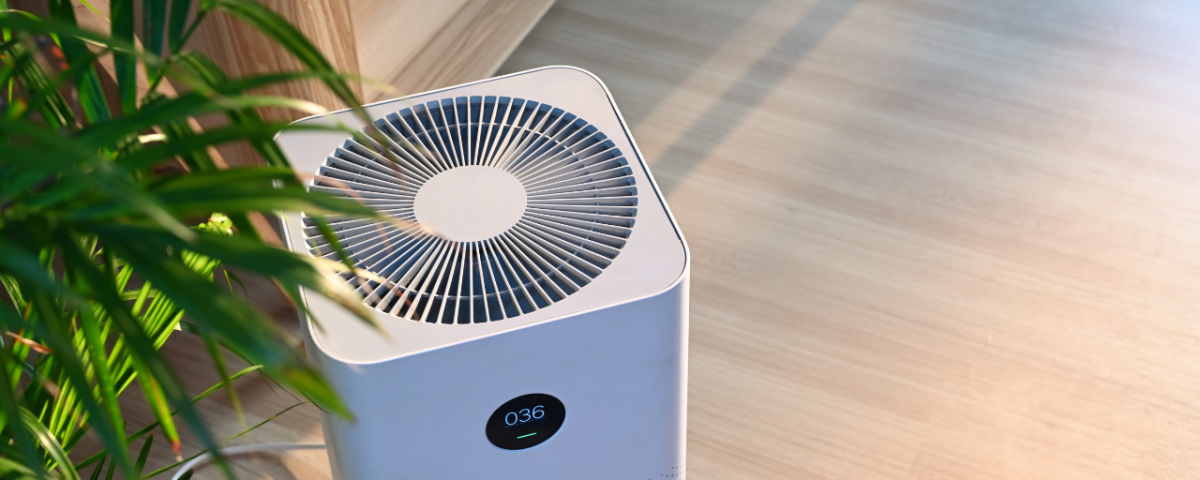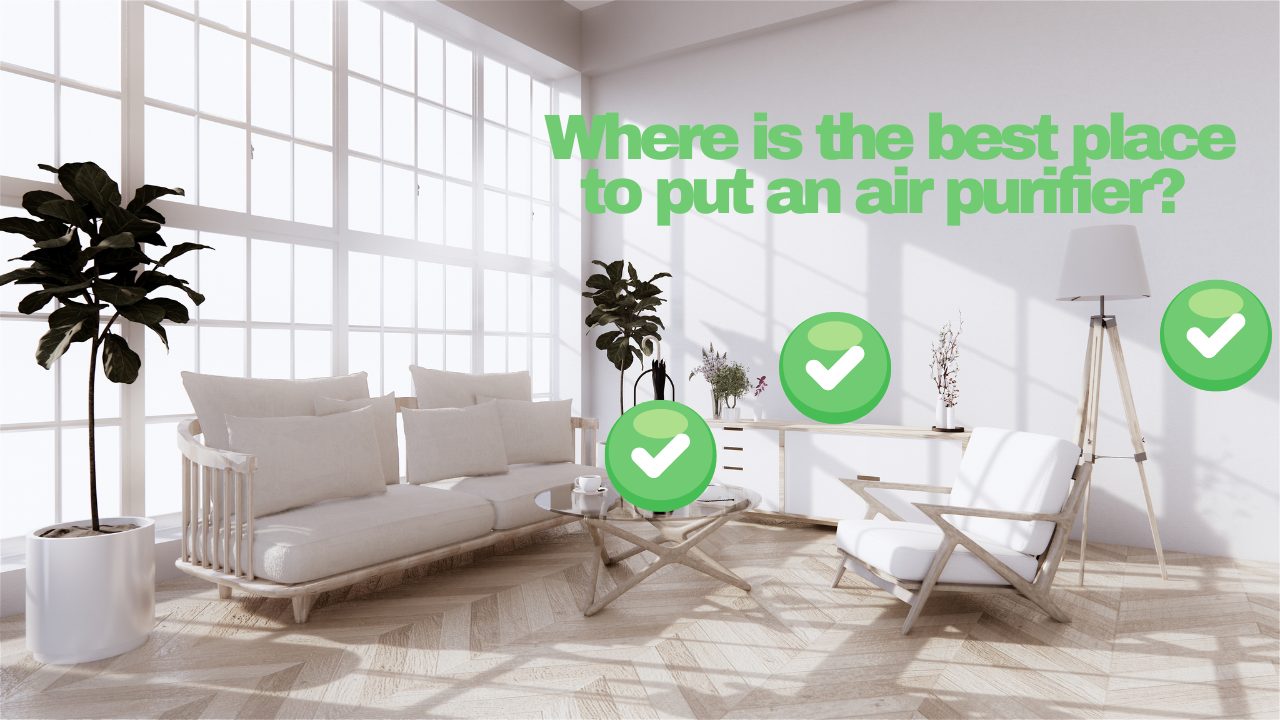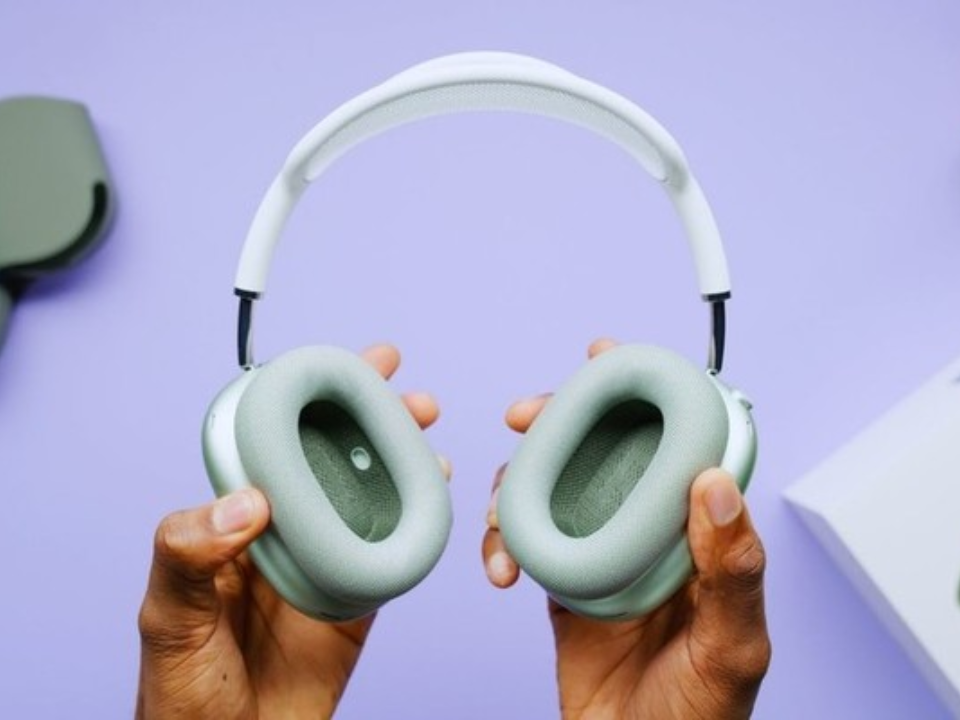Are Air Purifiers Worth It? You May Need It!

Are Rechargeable Batteries Worth It? Tips for Using Them.
August 25, 2023Are Air Purifiers Worth It? You May Need It!

Three years ago, I found myself asking the same question you might be pondering now: Are air purifiers worth it? After much contemplation, I decided to invest in one. It was a decision that I didn’t make lightly, but one that I certainly don’t regret.
After a few months, it was a revelation to see the actual filth that the HEPA filter had captured. It was a clear, tangible proof of the invisible pollutants that had been lurking in my home. The dust that used to settle around my room is now a thing of the past.
Looking back, my only regret is not having made the investment sooner. The question morphed from “Is it worth it?” to “Why didn’t I do this sooner?” As you read through this article, I hope my personal knowledge and experience can help you make an informed decision about air purifiers.
How Do Air Purifiers Work?

Air purifiers usually consist of one or more filters and a fan to draw in and circulate air. The fan draws air from the surroundings, passing through the filter to capture pollutants and particles. The purified air is then released back into the living space. The specific steps are here:
Step 1. Air intake
The air purifier’s fan pulls in the air from the room, drawing it through the internal filters.
Step 2. Filtration
Inside the air purifier, the air passes through a series of filters. Filters are usually made of paper, fiber (usually fiberglass), or mesh. These materials can capture particles of all sizes, including dust, pollen, pet dander, mold spores, and more.
These filters are always HEPA, activated carbon, and pre-filters. Each filter has a specific function:
- HEPA Filter: Captures tiny particles like dust, pollen, pet dander, and some bacteria and viruses.
- Activated Carbon Filter: Absorbs odors, gases, and volatile organic compounds (VOCs) from the air.
- Pre-Filter: Captures larger particles, extending the lifespan of the main filter.
Step 3. Purification
The air begins its journey, moving through the filters. As it does, contaminants find themselves trapped and swiftly removed. Ultimately, what emerges on the other side is nothing but cleaner, fresher air.
Step 4. Air circulation
The purified air is then circulated back into the room through the purifier’s output vent.
Step 5. Continuous filtration
The air purifier tirelessly does its job. Hour after hour, it repeats its process. With each cycle, it improves indoor air quality. Steadily and continuously, it removes particles and pollutants from the room.
Notes: Regular checks, such as cleaning and replacing filters, can ensure the cleaner’s performance. You should replace the filters usually every 6-12 months.
What Do Air Purifiers Filter Out?
Air purifiers may be able to filter out some of the following pollutants, but keep in mind that not each device can address all of them:
- Odors
- Smoke particles
- Dust
- Pollen
- Mold
- Viruses
- Bacteria
- Airborne liquids
- Pet dander
- Dust mite substances
- Volatile organic compounds (VOCs)
Are Air Purifiers Worth It?
Air purifiers are worth the money, especially if you face specific problems. You must need it if you are an allergy sufferer, live in an area prone to wildfire smoke or other pollutants, or are a pet owner.
- Reduce Allergens. Air purifiers with good filters, like HEPA filters, can catch and clear common allergens. This benefits people who suffer from allergies or are sensitive to these allergens.
- Kill Airborne Microbes. Some air filters use special technologies, like UV-C light or electrostatic filtration, to catch and kill viruses and germs in the air. This can help reduce the spread of illnesses and create a healthier indoor environment, especially during flu seasons.
- Reduce Harmful Chemical Pollution. Air cleaners with activated carbon filters can remove toxic toxins and volatile organic compounds (VOCs) from the air. These chemicals can come from cleaning products, paints, adhesives, and furnishings. Removing VOCs contributes to better indoor air quality and healthier living spaces.
- Eliminate Smoke and Odors. Air purifiers with activated carbon filters can do a good job of eliminating bad smells and smoke particles. This is particularly helpful for households with smokers or for reducing cooking odors.
- Remove Mold. In humid environments or homes with water damage, mold can become a concern. Some air filters can remove mold spores from the air, making it better to live in and possibly stopping the spread of health problems caused by mold.
How Much Is An Air Purifier?
However, air purifiers can be very expensive. The devices we reviewed range in price from $139.99 (Blueair Blue Pure 411 Auto) to $749 (Alen BreatheSmart 75i). If you want to cut back, keep an eye out for specials. (For example, air purifiers may have discounts during sales events like Black Friday.) 
There are still consecutive costs. You’ll need to pay for the electricity needed to run these devices, and if run continuously, air purifiers use as much energy as refrigerators.
So, looking for energy-efficient air filters with ratings like Energy Star might be a good idea. Many air purifiers also require you to change the filter regularly (usually every 6 or 12 months), which can cost more than $100.
Also, air filters can catch mold spores, but they can’t do anything about the main reason mold grows: too much wetness. However, dehumidifiers may be better suited to address this issue.
To be short, you have to take a whole consideration. If you are very allergic to pollutants and the awful smell of your pets, the air purifier is an ideal option. And then you will get your fresh room!
Tips for Choosing a Suitable Air Purifier
After explaining the advantages and drawbacks of it, do you still want to buy one? If you do, there are some tips for you to consider!
- High MERV Rating. The Minimum Efficiency Reporting Value (MERV) shows how well an air cleaner can eliminate airborne particles. A higher MERV rating indicates better filtration.
- HEPA Filter. High-efficiency particulate Air (HEPA) filters are famous for their exceptional particle-capturing capability. However, not all HVAC systems can accommodate HEPA filters due to their density and air resistance.
- Microbe Trapping and killing Electrically charged filters or ultraviolet (UV) light trap and inactivate microbes. UV-C light can disrupt the DNA of microorganisms and render them unable to replicate or cause harm.
- Low Noise. Quiet operation is essential, especially for bedroom use.
- Low Maintenance. Some models must change their filters often, while others, like those with bigger filter capacities, need less care. Opting for a unit with minimal maintenance can make upkeep more convenient.
FAQs
Do air purifiers help remove dust?
Air purifiers can also help reduce the number of dust particles in the air. This may benefit people sensitive to dust or suffer from asthma or other respiratory conditions.
Do air purifiers help with allergies?
At least 30% of adults in the United States suffer from allergies. Pollen, dust mites, and cat dander are some allergens that air filters can catch. This can help people with allergies feel better.
Do air purifiers help remove smoke?
Smoke can cause various problems for people, including irritation of the eyes, nose, and throat. It can also make asthma and other respiratory conditions worse.
Suppose you have smokers in your home or live in an area prone to wildfires. In that case, air purifiers can help remove cigarette smoke and air pollutants. It can also potentially mitigate the effects of secondhand smoke. They can also help remove smoke from cooking.
Where is the best place to put an air purifier?
Positioning an air purifier optimally is crucial for effectively cleaning the air. Here are 4 general places to place an air purifier:

Elevation Matters
The best height for an air purifier is typically between 3 to 5 feet off the ground. This allows the air purifier to take advantage of the room’s horizontal and vertical air movements.
Sturdy Table
Placing your air purifier on top can put it within this ideal height range if you have a sturdy table or surface. This can help maximize its ability to capture and clean the air effectively.
Desk Placement
Smaller air purifiers, such as those from Medify Air, Levoit, and Coway, can stay on a desk or tabletop. This ensures they are in the right height range and conveniently accessible.
Wall Mounting
For the best possible position, consider wall-mounting your air purifier. Wall-mounted air purifiers are typically installed 3 to 5 feet above the ground. This placement takes advantage of the highest airflow in the room, making it an efficient choice for air purification.
If you have a portable air purifier, place it at least a foot away from walls or furniture to allow for even air circulation. Avoid placing air purifiers in corners.




